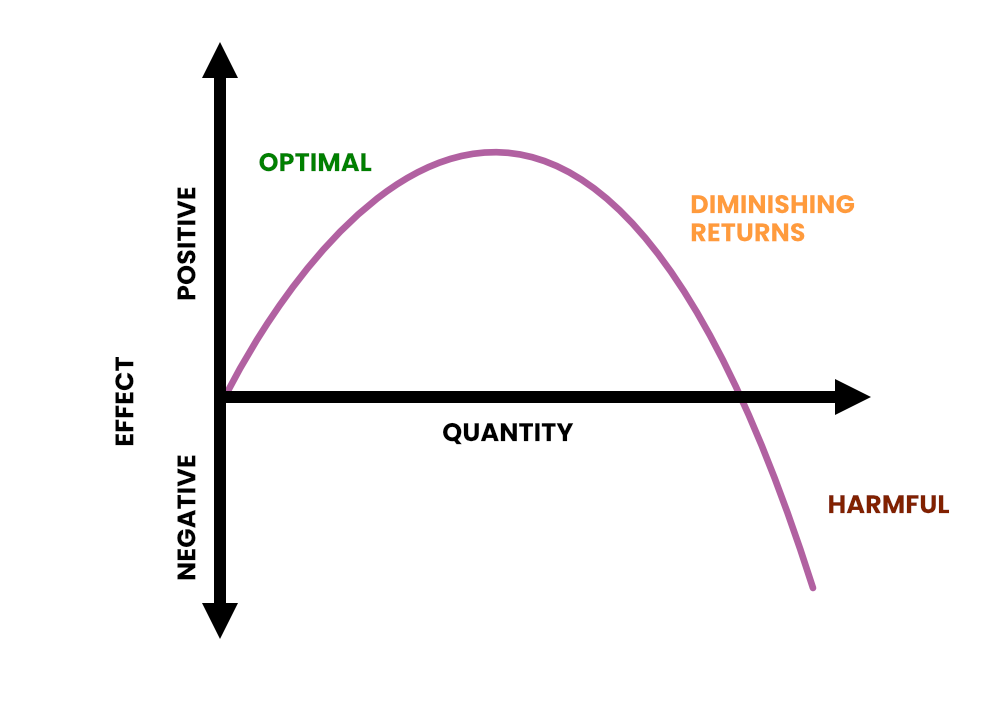How to reduce muscle soreness after your exercise sessions
What is DOMS?

Why does it occur?
The stress and strain curve can represent this pattern, as well as what can happen if we receive too much of a stimulus resulting in a decline of performance or ability to train on consecutive days. For example, if you experience a highly painful delayed onset muscle soreness after your very first exercise session, it is likely that you will not feel like training again in the coming days.
This can establish negative feelings towards the benefits of exercise.
How to prevent DOMS from occurring

There is only one way to prevent DOMS from occurring.
This is by using the DOSE response relationship theory.
The DOSE relationship refers to the amount of exercise we are receiving, this can be via the number of reps, sets and amount of weight provided in a certain exercise or exercise session. The dose relationship is the only way to actually prevent delayed onset muscle soreness.

This graph demonstrates the quantity line as the dose of exercise that is prescribed. Generally, it is common to start a beginner with a somewhat low dose of exercise for the first week to ease them into regular exercise sessions. This means starting with low reps, low sets, and low weights.
It is always better to underestimate your fitness level when first starting out in a program as this allows a steady increase in the overall dose to occur sooner. For example, when performing a large muscle group exercise such as lunges, it may be ideal to start with a smaller rep and set range particularly if you are experiencing leg fatigue during the initial stages of performing the exercise.
The overall key to avoiding excessive DOMS post exercise is to start with lowering your hurdle so it is easy to step over and day by day you can build up your momentum. Remember momentum equals results.